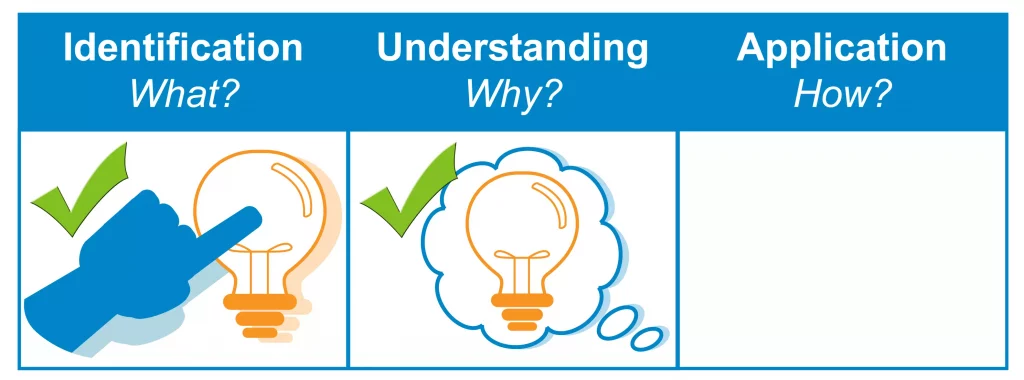Course Description
Electric Motor Fundamentals introduces learners to basic electrical concepts relevant to motors, the different types of electric motors and nameplates utilized in the industry, as well as common failure modes. This course depicts the inner workings of the various types of electric motors with in-depth animations and illustrations, as well as short GIFs portraying the different motor failures. The material in this course is beneficial for both those who contain some knowledge of electric motors, and those who are new to the industry.
Who will benefit from this Electric Motors course?
Quality, manufacturing, engineering, designing, purchasing, and sales functions at organizations that require an understanding of different types of electric motors and their applications.
Course Classification

*THORS uses the Bloom’s Taxonomy Methodology for our course development.
Certificate Awarded for Electric Motor Fundamentals

*upon successful completion
Related Posts

The Essential Skills of Modern Purchasing Professionals
In my professional career that spans more than three decades, I have had the privilege of working closely with purchasing. I can attest to the

Training Programs are Critical to Attracting and Retaining Talent
In today’s rapidly changing business landscape, organizations face a unique set of challenges in finding, hiring, and retaining top talent. The tight labor market has

Boosting Employee Engagement in eLearning
Introduction In the realm of modern workplaces, boosting employee engagement in eLearning has become a pivotal factor in fostering productivity, job satisfaction, and overall organizational




